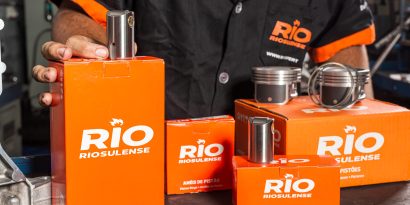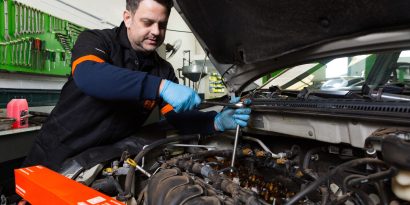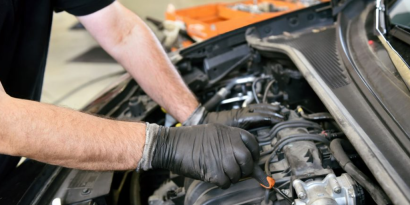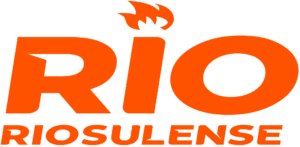In the automotive industry, developing new parts and products has always been a costly and time-consuming task. After all, in addition to the work of engineering teams — who need to calculate and adjust all the parameters of the project — the casting process of a new part used to involve hours and hours of rework until it was 100% tested. But that whole reality changed when the prototype factory came on the scene!
Today, prototyping has established itself as a modern solution for product development that allows engineers to compress most of these test, sizing, strength and application steps. All because of 3D printers that use additive manufacturing to create, in a matter of minutes, printed parts with the same measurements and strength parameters as casted ones.
In other words, a foundry industry that wants to develop a new part for its customers does not necessarily need to create new molds and submit the project to the traditional casting cycle, as a prototype can be produced and evaluated in much less time. This not only reduces costs for the industry, but also optimizes the time-to-market of these new parts. Win the customer, win your company!
Understand the benefits of the prototype factory in the day to day of the industry
It is true that, at first, it is not always easy to measure how much a prototype factory can impact the industrial operation. That’s why, in this article, we’ve put together some highlights that will help you better understand the benefits of this solution. Check this out:
- Faster development
If you’re familiar with the workflow in a foundry, you know that every new change to an original part involves creating new molds and new tooling—and that takes time. Here, 3D printed parts help to reduce these deadlines, as it is enough to program the printing of a new version to test it.
And of course, as prototyping speeds up, designs can be launched sooner and products can get to market much faster. Especially because the process is very simple and straightforward: a file is sent to the printer, the machine interprets the data from the CAD model and, in a few hours, you remove the finished item from the machine, ready for any finishing work, for example.
- More variety for test materials
Another powerful benefit that a prototype factory offers to the industry is the possibility of testing different materials and structures, including alternatives that offer a similar performance to the final part, a fact that makes the experimentation phase even more assertive.
To give you an idea, some of the alloys used in 3D printers can withstand temperatures that exceed 150º celsius and even withstand stresses and temperatures typical of components in the automotive sector, simulating real conditions of wear and expansion.
- In addition to costs, your company also reduces risks
By offering your engineering and technical teams the ability to preview and test a design before the casting stage, it is much easier to reduce the risk of a part being manufactured with expensive production processes or before tooling is created.
Also, because 3D printing is extremely cost-effective, less financial risk falls on the company if it decides to take a radically different design direction or simply keep modifying designs during the prototyping phase. In other words, you can run numerous trial and error tests.
Innovation in additive manufacturing is with RIO
The RIO Prototype Factory is the result of our desire for continuous innovation and our commitment to always offer solutions that simplify the routine of our customers and partners. That’s why we’ve developed an extremely refined and reliable 3D printing process for making casting models.
Thus, we combine the possibility of verifying and executing corrections before casting the part with more speed in the production of complex projects and high dimensional stability. What are you waiting for? Get to know our prototype factory and discover how we can help you get your idea off the ground with safety, technology and certainty of applicability!





